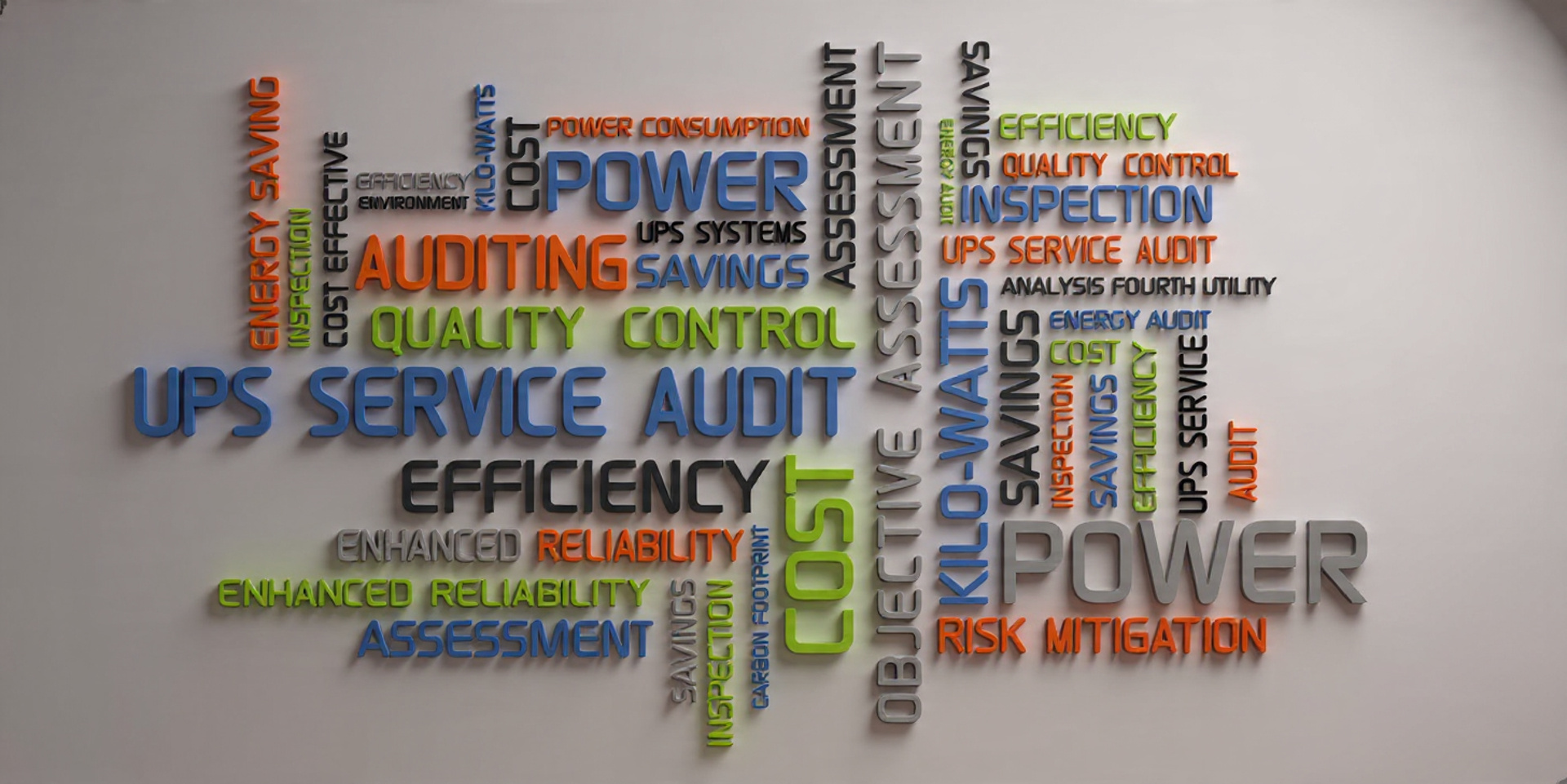Transformer-less Uninterruptible Power Supplies (UPS) are gaining popularity due to their compact size, higher efficiency, and lower cost compared to traditional transformer-based UPS systems. However, there are several considerations and limitations that need to be taken into account when deciding whether to use transformer-less UPS in an industrial environment:
1- Isolation and Protection: Transformer-less UPS systems lack the inherent galvanic isolation provided by transformers, which can be crucial in industrial environments where sensitive equipment requires protection against electrical noise, voltage spikes, and disturbances.
2- More exposure to external Harmonics: Transformer-less UPS systems can be affected by higher levels of external harmonics and electrical noise introduced into internal power electronic systems due to their design. This can have a negative impact on other sensitive equipment connected to the load and potentially lead to operational issues, premature equipment failure, and unit malfunction.
3- Ground Voltage sensation : Transformer-less UPS systems use the ground as a center tap for the inverter bridge function. As a result, any ground-induced voltage or deviation can affect the inverter function and potentially lead to unit malfunction. This consideration is particularly important given the ground voltage issues common in industrial environments.
4- Safety: Transformer-based UPS systems inherently provide isolation from the incoming power grid, offering a certain degree of protection against electrical faults and surges. In contrast, transformerless systems might necessitate additional safety measures to attain comparable levels of protection.
5- Compatibility: Some industrial equipment may have specific requirements that demand a stable and well-regulated power supply. Transformerless UPS systems might not fulfill these requirements without additional modifications or compensatory equipment.
6- Inrush Currents: Certain industrial equipment, such as motors or heavy machinery, can generate high inrush currents when starting up. Transformerless UPS systems might struggle to handle these sudden load changes.
7- Reliability: While transformerless UPS systems can be more efficient and have fewer components, they might also be more sensitive to variations in the incoming power source. In some industrial environments with unstable or poor-quality power, transformerless UPS systems might be less reliable and more susceptible to fluctuations or disturbances in the incoming power then potentially leading to operational issues
8- Regulatory Compliance: Depending on the industry and region, there might be specific regulations or standards that dictate the use of certain types of UPS systems. Transformer-based UPS systems might be more commonly accepted or required in specific industrial sectors.
In summary, while transformer-less UPS systems offer advantages in terms of efficiency, size, and cost, their use in an industrial environment should be carefully evaluated based on the specific requirements and characteristics of the equipment being powered. It's important to conduct a thorough analysis of power quality, compatibility, safety, and regulatory considerations before deciding to implement transformer-less UPS in an industrial setting.







